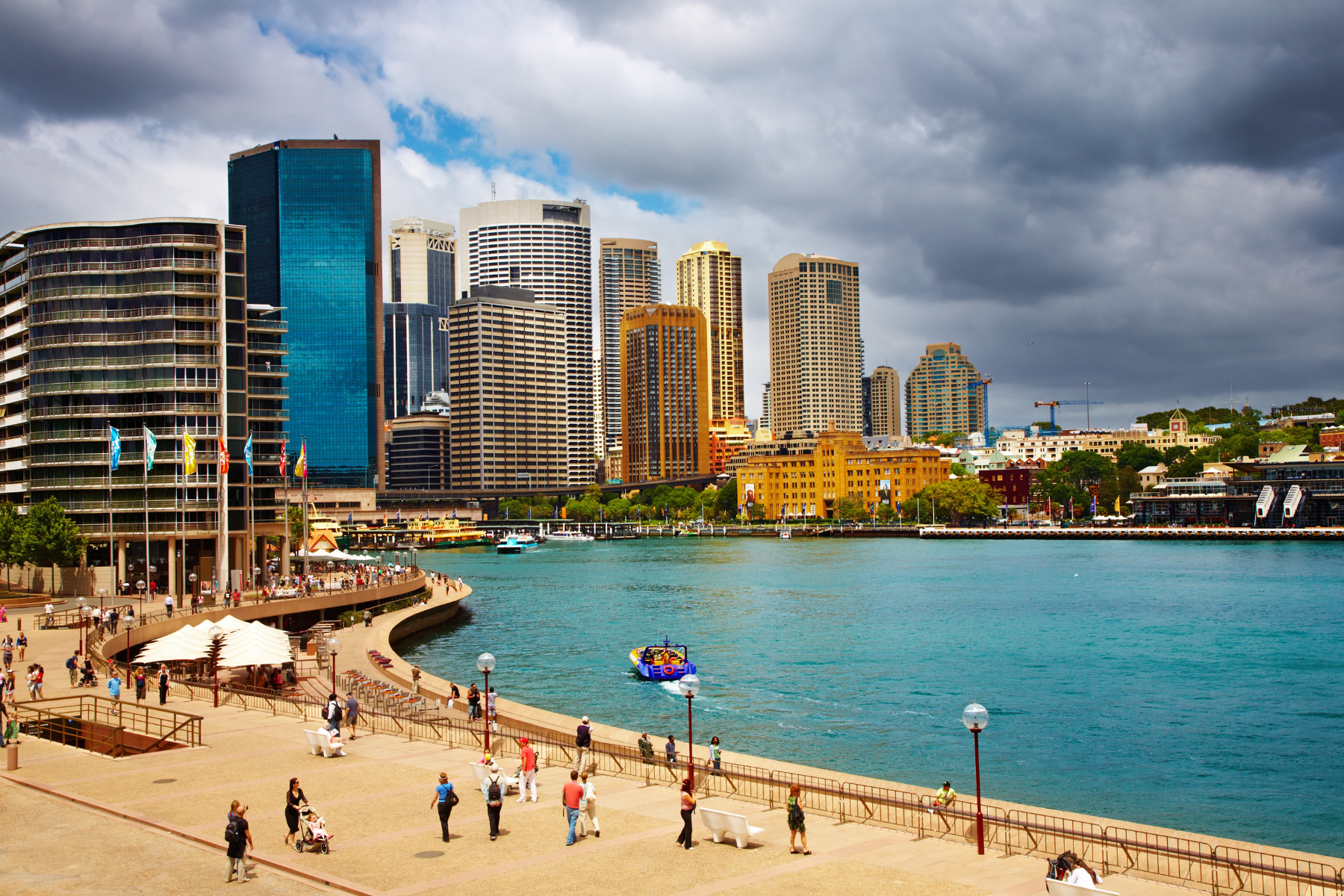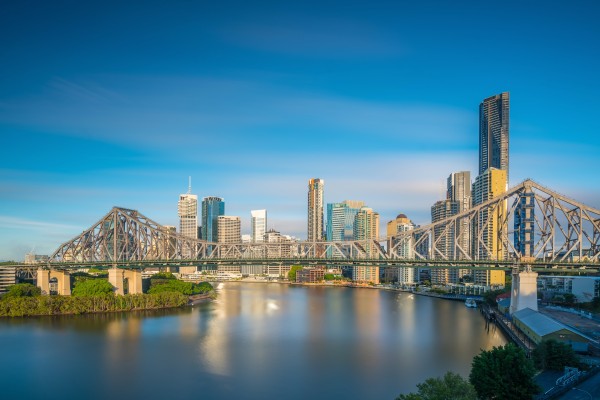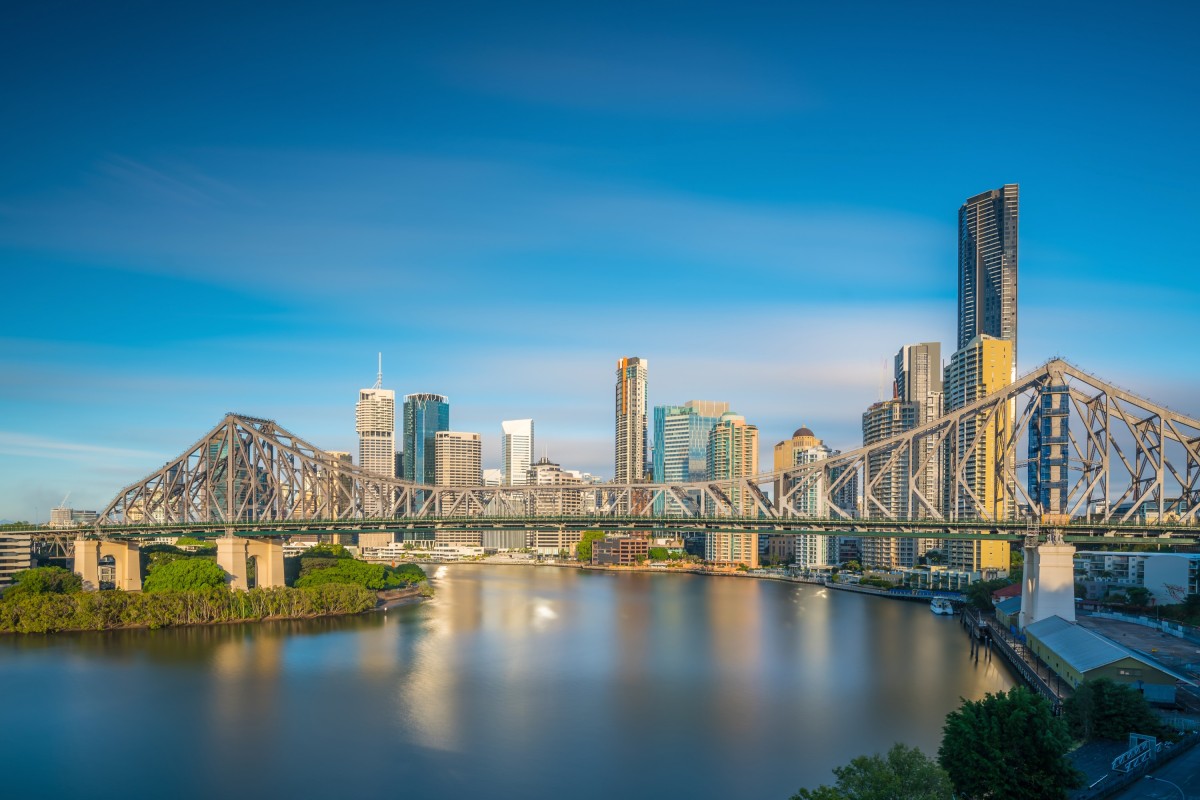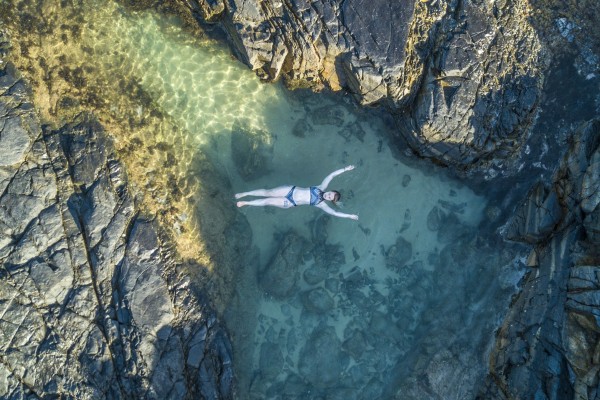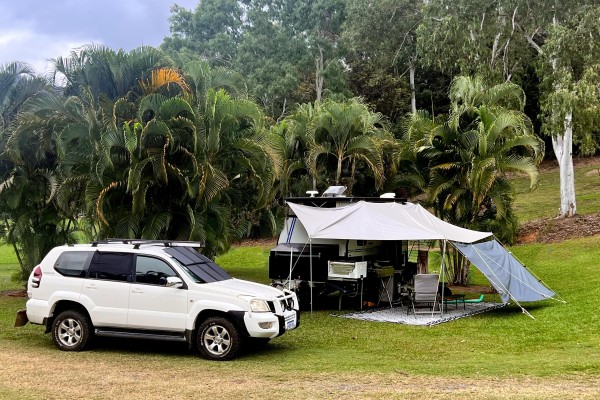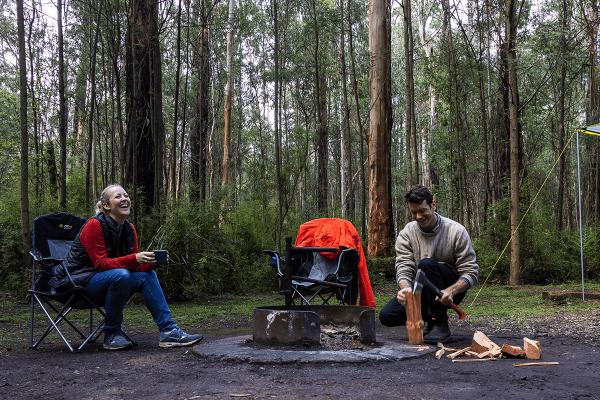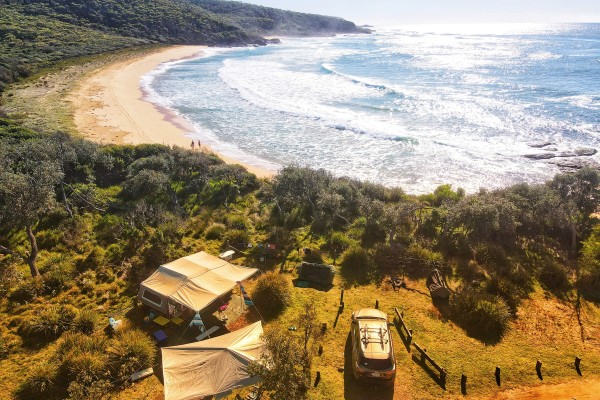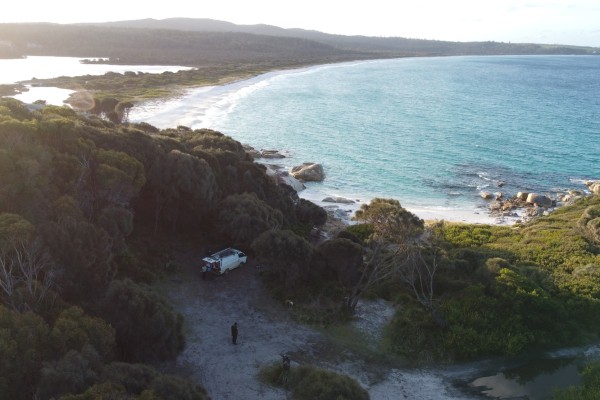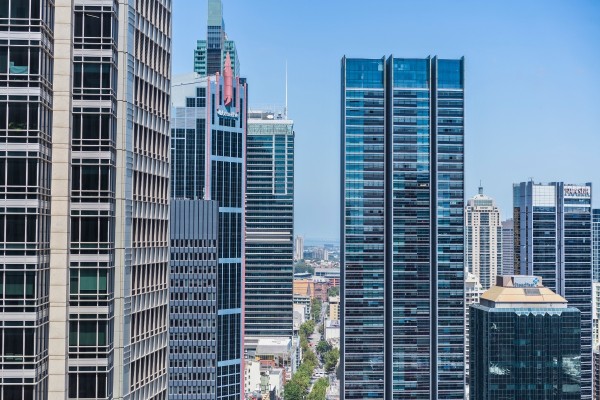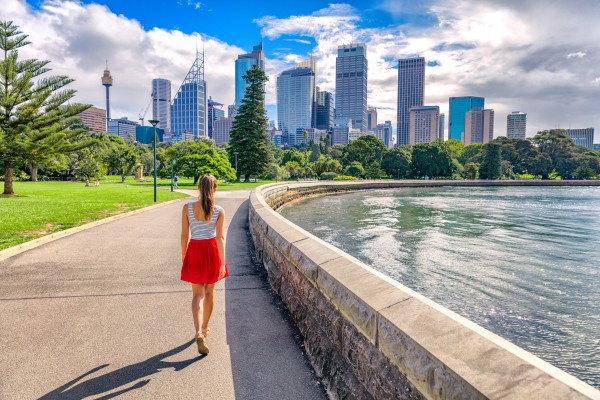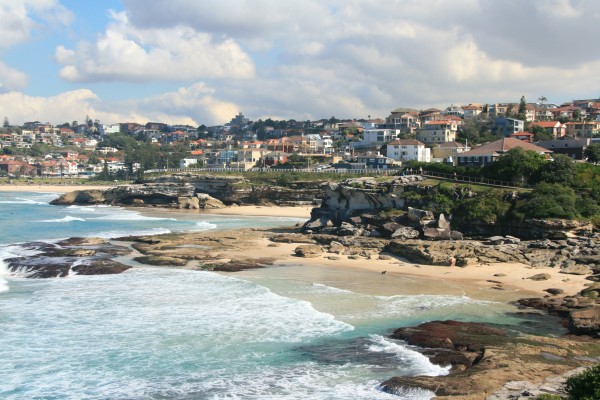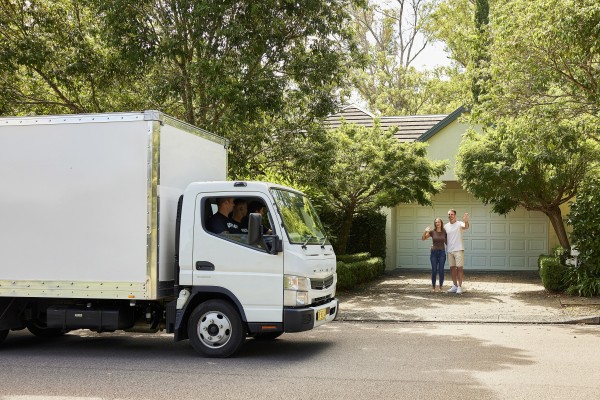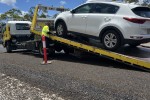Best time to visit Australia for every kind of trip
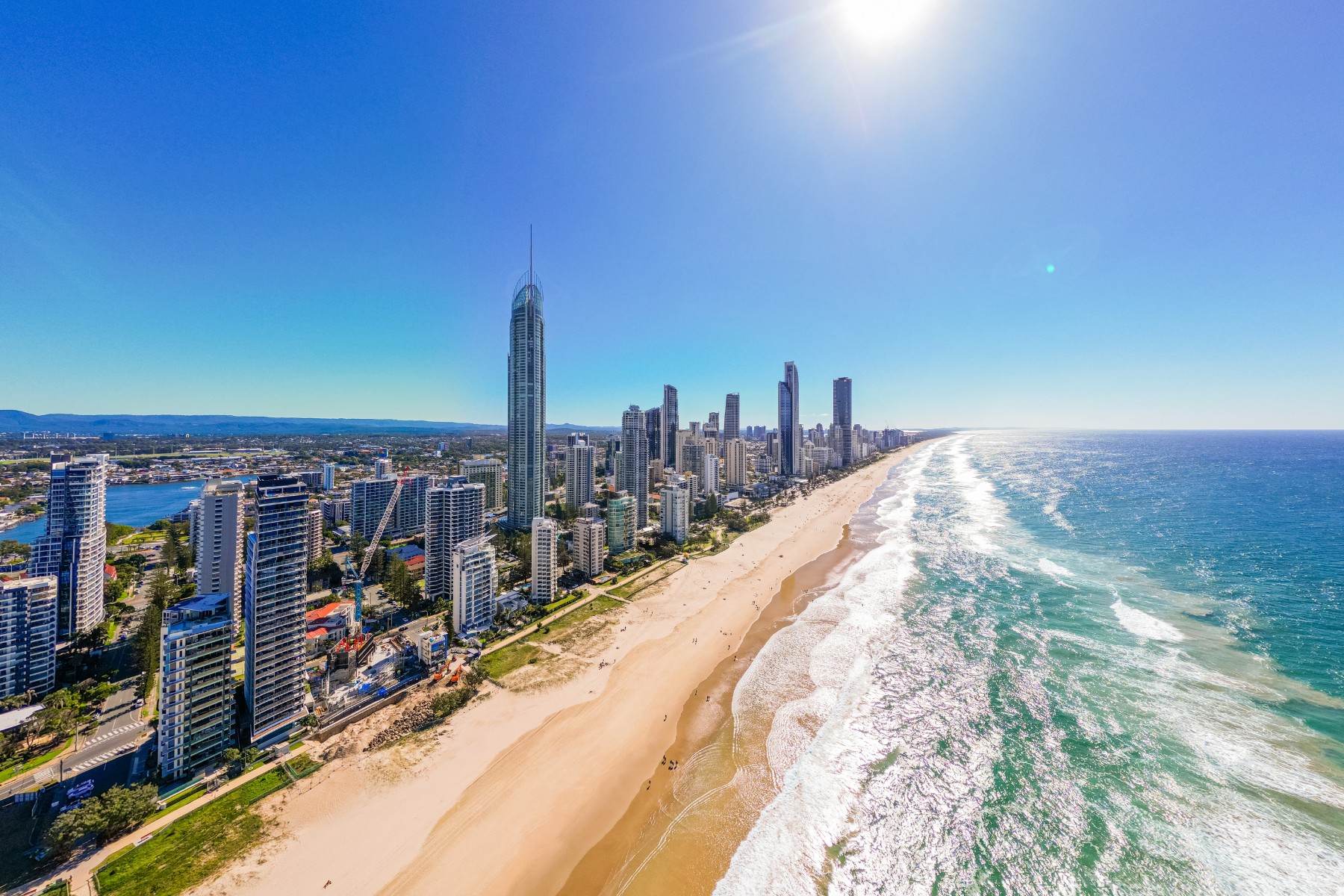
Australia’s a big place - like, really big. So when it comes to figuring out the best time to visit, it depends on where you’re headed. Beaches or rainforests? Desert adventures or city life?
This guide breaks it down by region and season so you can plan your trip with less guesswork.
Quick snapshot: Best time to visit Australia
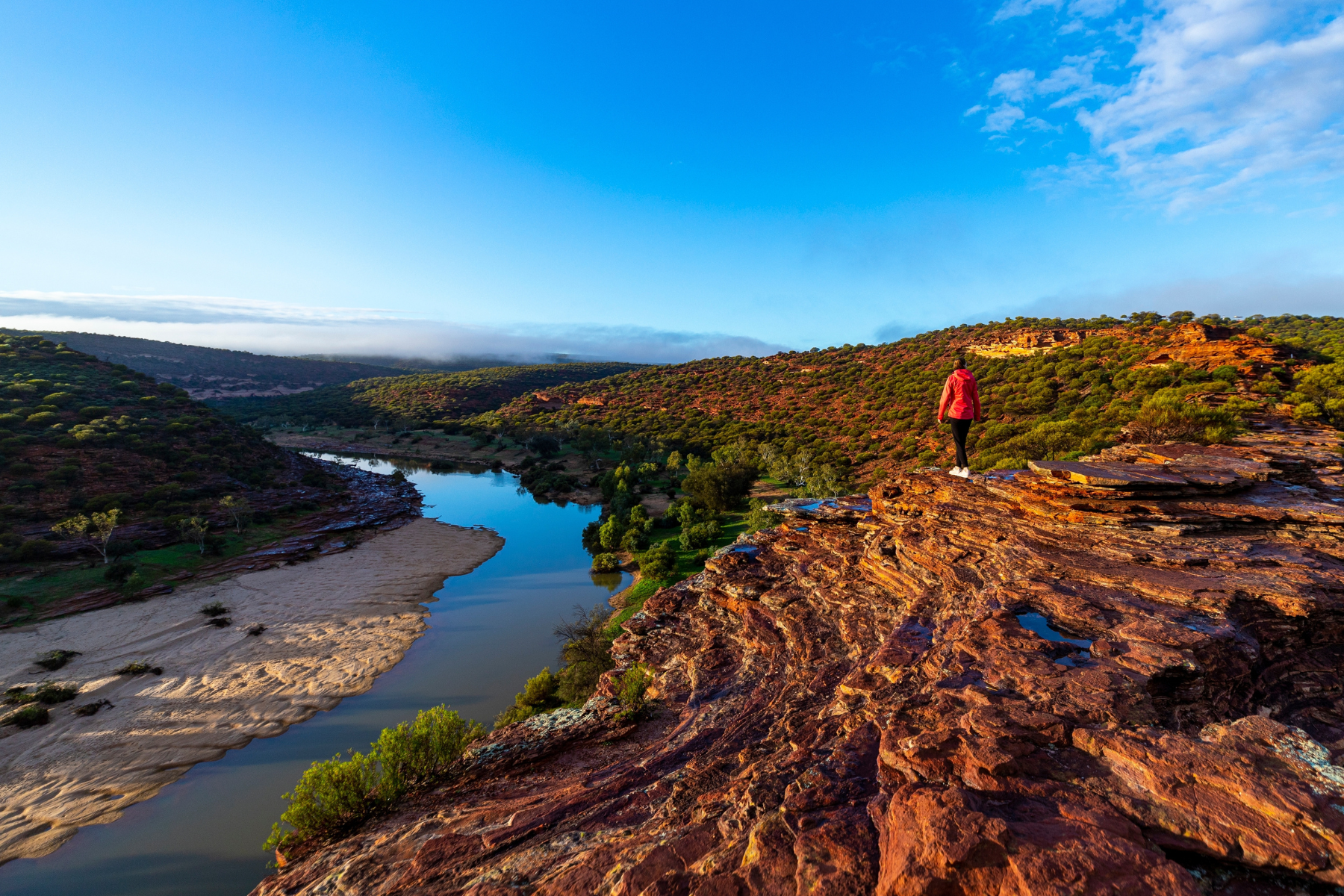
So, when is the best time to visit Australia? Truth is, there’s no one-size-fits-all answer - Australia’s climate is wildly diverse, and what’s “best” really depends on what you’re looking for.
If you’re after a deeper breakdown of seasonal conditions, you might want to check out our guide to the best weather in Australia to see how the climate shifts by state and region.
If you’re after warm beach days and iconic outdoor experiences, summer (December to February) ticks the box, though it’s also peak tourist season.
For milder weather, fewer crowds, and lush landscapes, autumn (March to May) and spring (September to November) are golden. And yes - if snow is more your vibe than sunburn, the winter months (June to August) bring ski season to life in the Snowy Mountains.
Whether you’re reef-hopping, city-hopping, or snow-hopping, there’s a perfect season waiting for you somewhere across this massive, sunburnt country.
When is Australia’s peak season
Australia’s peak tourism season hits during summer, from December to February, when school holidays, warm weather, and major events like Christmas and New Year’s Eve bring both locals and international travellers out in full force.
Coastal cities like Sydney, Melbourne, and Brisbane are buzzing, popular landmarks are packed, and prices for accommodation and flights tend to jump. It’s the perfect time for beach days, festivals, and soaking up that classic Aussie summer vibe - just be ready for crowds, higher costs, and the occasional heatwave.
When are school holidays in Australia
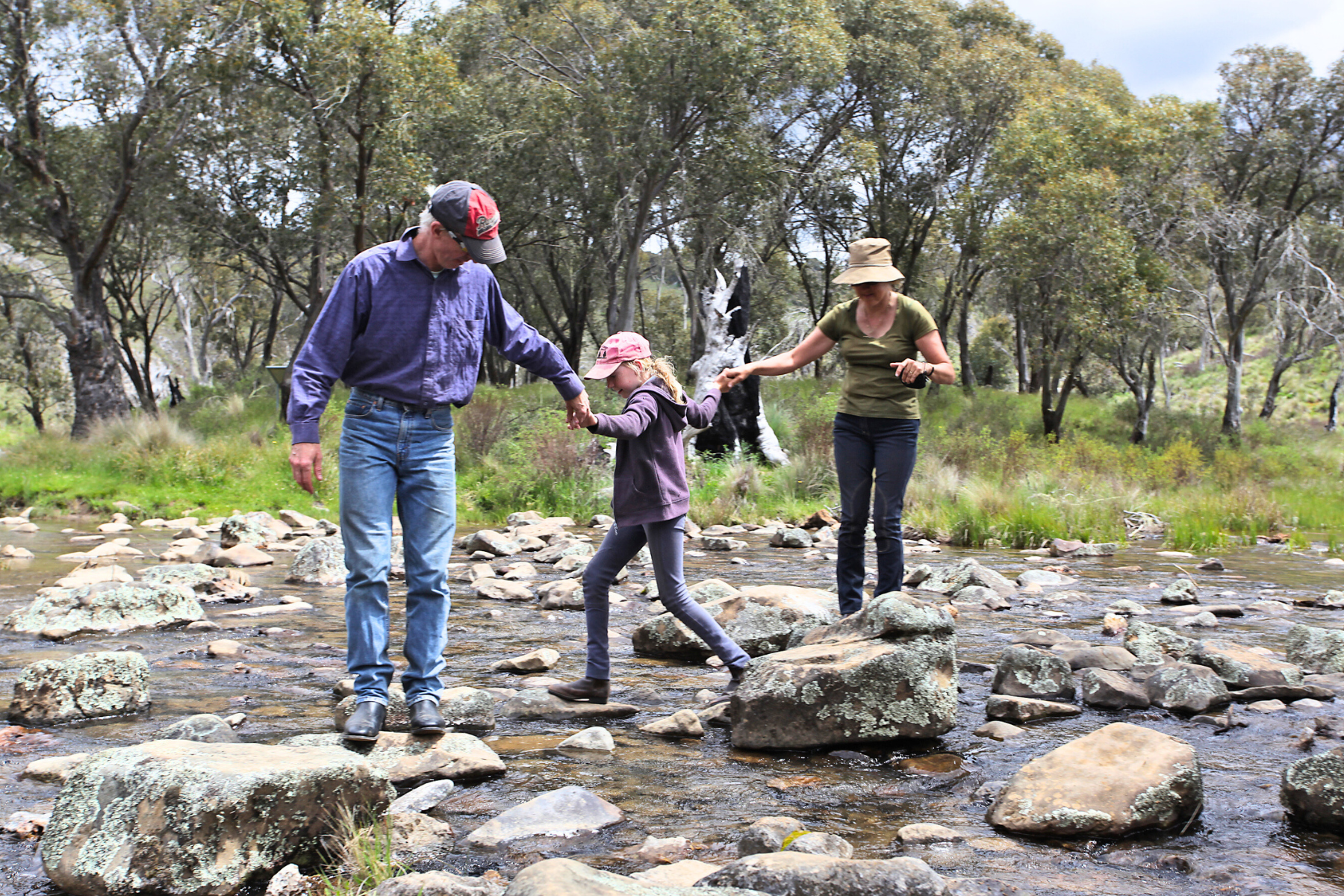
If you're planning a trip around Australian school holidays, just know you're not alone - literally. These breaks, which happen in April, July, late September to early October, and the long summer holidays from mid-December to late January, are some of the busiest times to travel. Families hit the beaches, highways clog up with road trippers, and popular attractions fill up fast.
Accommodation prices often spike, especially in coastal towns and tourist hotspots. It’s a lively, energetic time to explore Australia - but if you prefer quieter trails, empty beaches and cheaper rates, you might want to plan around these peak family travel windows.
See our article Australian School Holidays 2025 for a complete breakdown.
Visiting Australia - your 12-month guide
| Month | Best place to visit | What it’s good for |
| January | Tasmania | Escaping the mainland heat and some epic hiking. |
| February | Great Barrier Reef (Cairns) | Snorkelling, scuba diving, reef trips (hot, but quieter) |
| March | Melbourne | Food & wine festivals, autumn colours, fewer crowds |
| April | Adelaide Hills | Wine tasting, cool and crisp weather, autumn leaves |
| May | The Northern Territory | Start of the dry season - perfect for outback adventures |
| June | Snowy Mountains (Perisher/Thredbo) | Start of snow season, skiing, boarding, snow play |
| July | Thredbo or Falls Creek | Peak snow season - best for powder days and après-ski |
| August | Canberra or the NSW snowfields | Late snow, truffle season - enjoy warm days and cool nights |
| September | Perth | Wildflowers in bloom, perfect weather for exploring |
| October | Brisbane | Sunny and warm without humidity - great for city + coast |
| November | The Whitsundays | Sailing, snorkelling, early summer weather without the crowds |
| December | Sydney | Beach time, New Year’s Eve fireworks, summer buzz |
Best time to visit by region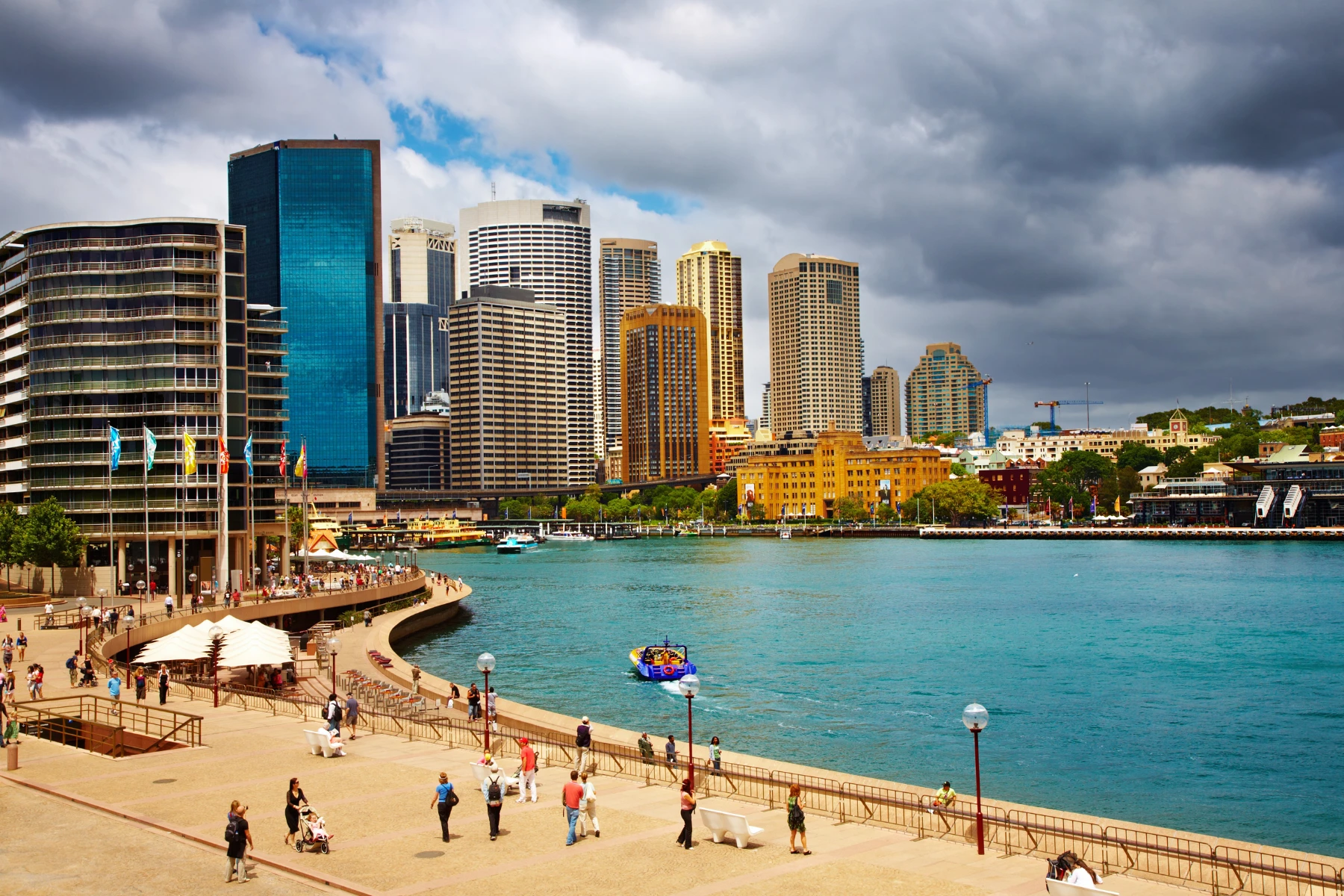
Best time to visit Sydney
September to November or March to May. These shoulder seasons bring mild weather, fewer tourists, and the best harbour walks without the summer heat.
Best time to visit Melbourne
March to May or September to November. Melbourne loves to keep you guessing with its weather, but autumn and spring are generally the most pleasant.
Best time to visit Brisbane
Brisbane is warm year-round, but the best time of year to visit is April to October - less humidity, more sunshine.
Best time to visit Cairns
May to October. It’s dry season in Far North Queensland, which means fewer mozzies, less rain, and perfect reef visibility.
Best time to visit the Great Barrier Reef
May to October is ideal. You’ll avoid stinger season, enjoy calm seas, and get the clearest underwater views.
Best time to visit Perth
September to November. Wildflower season is in full bloom and the temperatures are warm without being scorching.
Best time to visit Adelaide
March to May or September to November. These months offer comfy temps and fewer crowds, perfect for wine country trips and festivals.
Autumn is prime time for cellar doors – if you’re curious where to go, here’s our roundup of the best Australian wines by region to help plan your sips.
Best time to visit Tasmania
December to February. Tassie is cooler than the mainland, so summer brings the best hiking, road-tripping, and nature adventures.
Best time to visit the Northern Territory
May to October (dry season). You’ll get clear skies, warm days, and cooler nights - ideal for exploring the outback or Kakadu.
Snow season in Australia
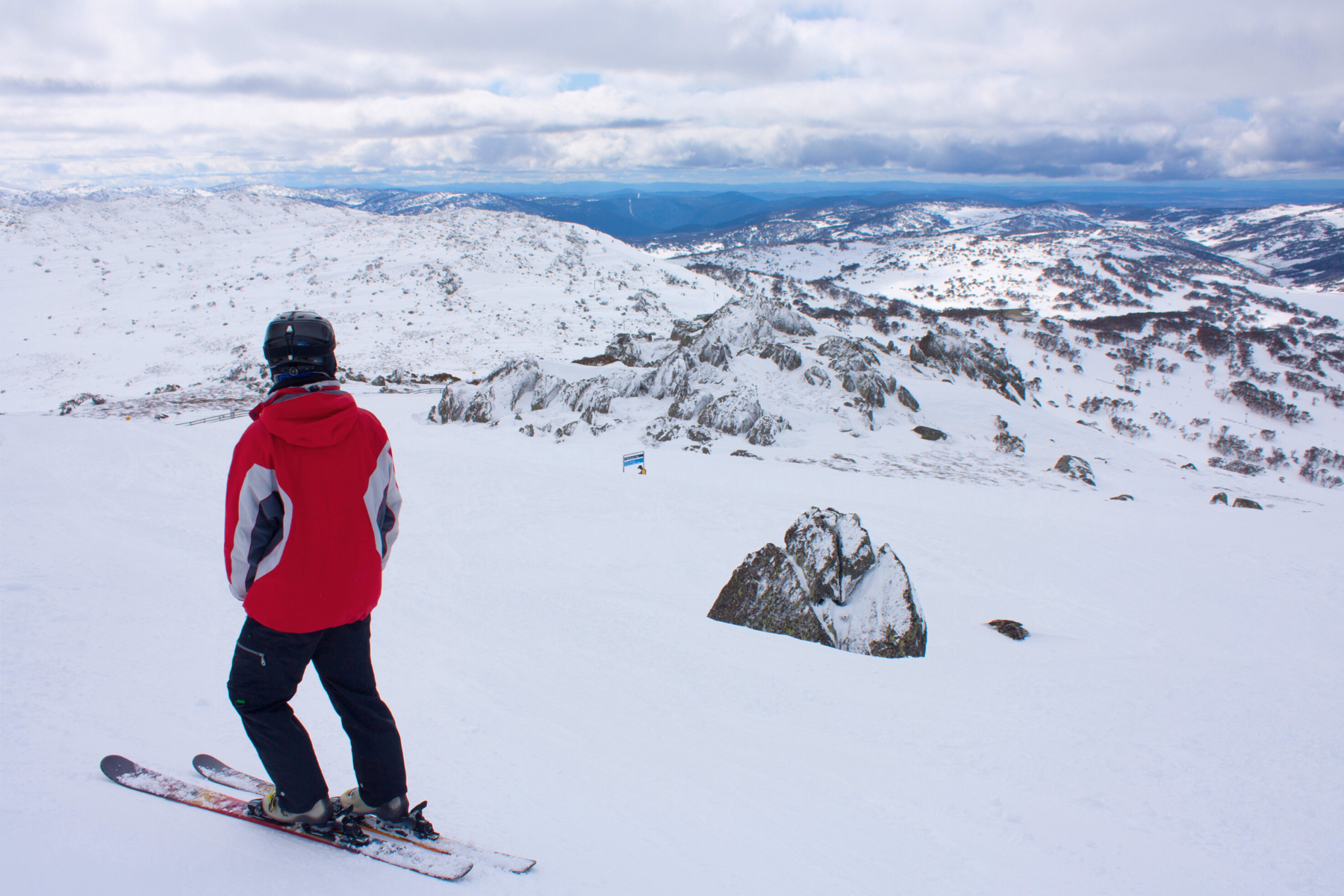
More of a snow person than a beach lover? You’re in luck - yes, Australia does have a snow season, and no, it’s not just a dusting. While we might not have the dramatic peaks of the Alps or Rockies, the Snowy Mountains put on a decent show each winter, with ski towns like Perisher and Thredbo leading the charge.
When is snow season in Australia?
The snow season typically runs from early June to late September, but this can shift a little depending on Mother Nature’s mood each year. The best conditions usually fall between late June and August, with July being the sweet spot for powder lovers.
Average snowfall by month
Here’s a rough idea of what to expect in the Snowy Mountains:
| Month | Snowfall & Conditions |
| June | Early snow - patchy at first, but building by mid to late June (especially with snowmaking). Opening weekend is festive, but snow cover varies. |
| July | Peak season. Regular snowfall and the best coverage across resorts. Great for skiing, boarding, and snow play. |
| August | Still strong - most years see consistent snow through mid-August. Often the best mix of fresh powder and bluebird days. |
| September | Warming up. Spring skiing means softer snow, slushy afternoons, and smaller crowds. Still fun, but less reliable for powder. |
Planning a longer stay or making a move?
Whether you’re planning a short trip or eyeing a longer stint (or even a permanent move), timing your visit to Australia can make all the difference. From snow-capped adventures in winter to reef trips in the dry season, each month offers something unique across this vast country.
If you’re making the big move, Upmove can help you find and book trusted removalists and transport options across Australia - so you can focus less on the logistics and more on settling into your new chapter, sunhat or snow boots in hand.
What do our customers say?

